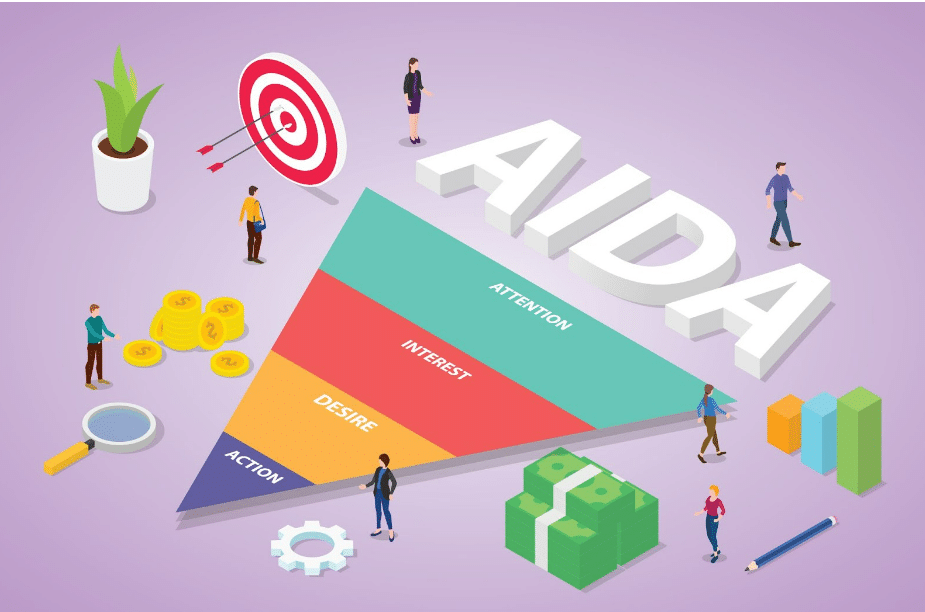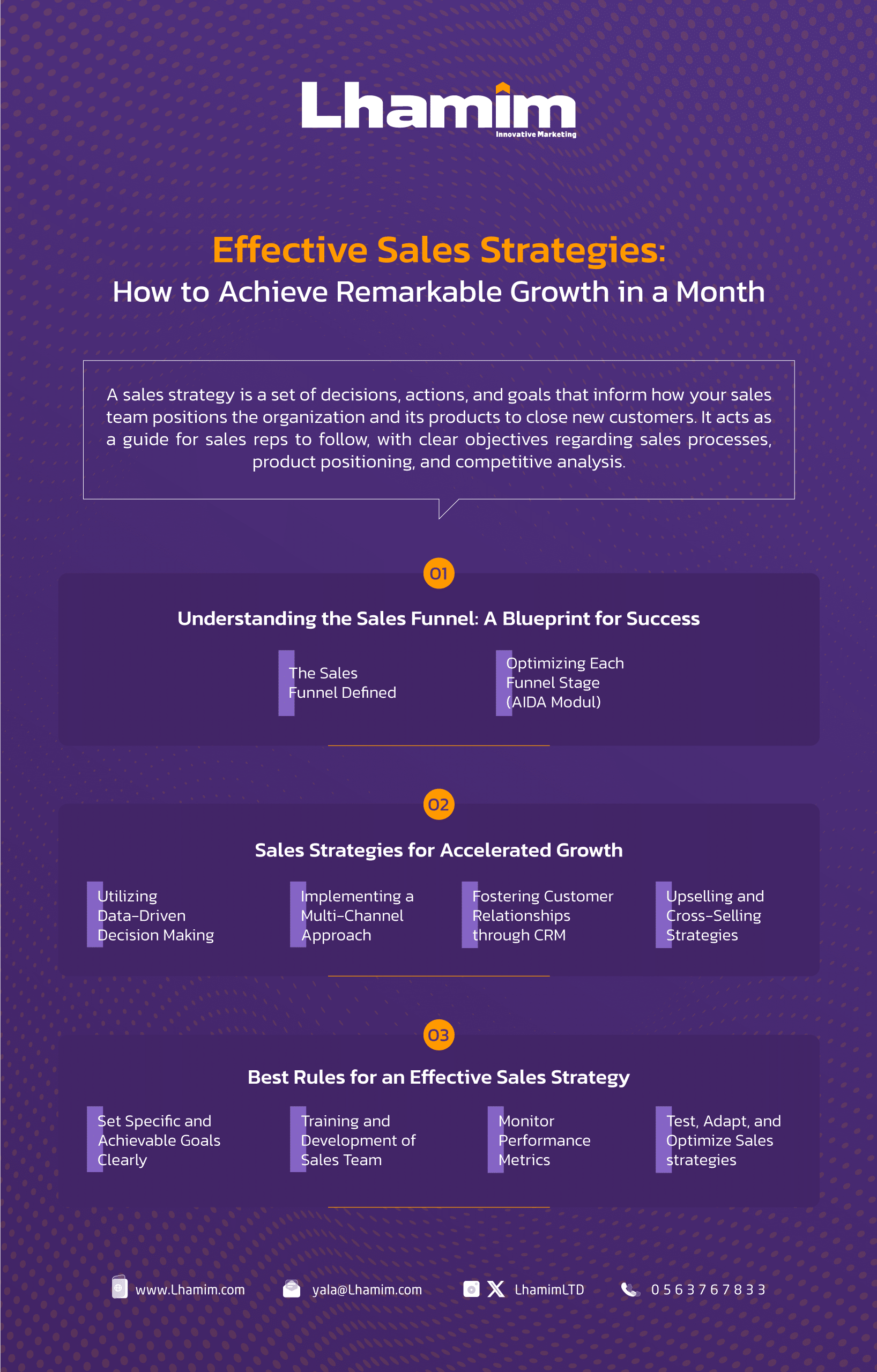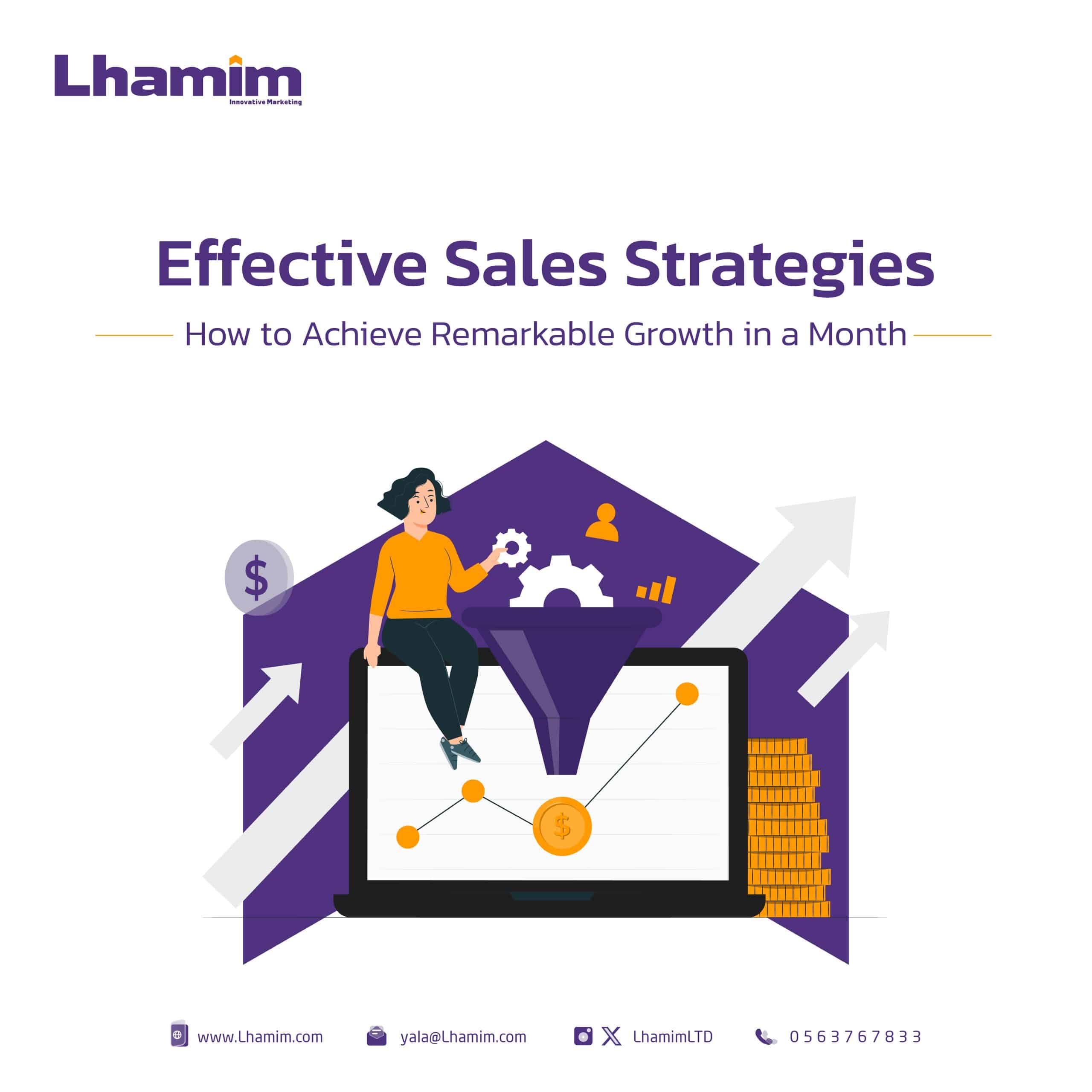In the fast-paced and competitive business landscape of today, a well-structured sales strategy is essential to drive growth and success. Leveraging the power of sales funnels and implementing effective sales strategies can significantly impact your revenue generation. This article will explore the best practices and rules to enhance your sales efforts, backed by relevant case studies and statistics, all geared towards achieving impressive growth in just one month.

What is a sales strategy?
A sales strategy is a set of decisions, actions, and goals that inform how your sales team positions the organization and its products to close new customers. It acts as a guide for sales reps to follow, with clear objectives regarding sales processes, product positioning, and competitive analysis.
A sales strategy is essential for a business for several reasons:
- Clarity of Goals: A sales strategy outlines the specific goals and objectives of the sales team. It provides a clear direction and purpose, ensuring that everyone is aligned and working towards common targets.
- Efficient Resource Allocation: With a well-defined sales strategy, resources such as time, money, and manpower can be allocated more efficiently. This prevents wastage of resources on ineffective or irrelevant activities.
- Target Audience Focus: A sales strategy helps in identifying and understanding the target audience or customer segments. This enables the sales team to tailor their approach and messaging to resonate with the specific needs and preferences of these audiences.
- Competitive Advantage: A thought-out sales strategy allows a business to differentiate itself from competitors. It helps in highlighting unique value propositions and addressing customer pain points more effectively.
- Consistency and Replicability: A consistent sales strategy provides a framework for the sales team to follow. This ensures that sales processes are replicable and can be consistently executed, even as the team grows.
- Adaptability: A good sales strategy is adaptable to changing market conditions, customer preferences, and industry trends. It provides a mechanism for the sales team to pivot and adjust their approach when needed.
- Measurement and Performance Evaluation: A sales strategy includes metrics and key performance indicators (KPIs) that enable the measurement of sales performance. This allows businesses to track progress, identify areas for improvement, and make informed decisions based on data.
- Risk Mitigation: A sales strategy involves analyzing potential risks and challenges that could impact sales efforts. By anticipating and planning for these challenges, businesses can develop contingency plans to mitigate negative impacts.
- Alignment with Marketing: A sales strategy should be aligned with the overall marketing strategy of the business. This ensures that the messaging, branding, and customer experience are consistent throughout the customer journey.
- Long-Term Sustainability: A sales strategy is not just about short-term gains; it’s also about building long-term relationships with customers. A well-executed sales strategy contributes to customer loyalty and repeat business.
In essence, a sales strategy provides a roadmap for the sales team to navigate the complexities of the market, effectively engage with customers, and drive revenue growth. It’s a crucial component of a business’s overall success and growth. Here’s the best practices and rules to enhance your sales efforts.
I. Understanding the Sales Funnel: A Blueprint for Success
1.1 The Sales Funnel Defined:
The sales funnel is a visual representation of the customer journey, guiding prospects from initial awareness to final conversion. It typically consists of four stages: Awareness, Interest, Decision, and Action (AIDA). Understanding the sales funnel is the first step in developing a result-oriented sales strategy.

1.2 Optimizing Each Funnel Stage
a) Awareness: Attracting potential customers through targeted marketing campaigns, content marketing, and SEO optimization.
b) Interest: Engaging leads with compelling content, personalized interactions, and nurturing through email marketing and social media.
c) Decision: Providing value-driven solutions, addressing objections, and showcasing success stories to encourage conversion.
d) Action: Simplifying the buying process, offering incentives, and implementing effective call-to-action strategies.
II. Sales Strategies for Accelerated Growth
2.1 Utilizing Data-Driven Decision Making
Leveraging data analytics is crucial for identifying high-value prospects and understanding customer behavior. By using data-driven insights, businesses can tailor their sales strategies to match customer preferences and expectations.
2.2 Implementing a Multi-Channel Approach
Diversifying your sales channels enables wider market reach and enhances customer engagement. Integrating online and offline efforts can create a seamless customer experience, resulting in improved sales performance.
2.3 Fostering Customer Relationships through CRM
A well-implemented Customer Relationship Management (CRM) system empowers businesses to build lasting customer relationships. It enables sales teams to track interactions, personalize communication, and identify up selling opportunities.
2.4 Upselling and Cross-Selling Strategies
Leveraging upselling and cross-selling techniques can significantly boost revenue without acquiring new customers. By offering complementary products or premium packages, businesses can maximize their sales potential.

III. Best Rules for an Effective Sales Strategy
1. Set Specific and Achievable Goals Clearly defining your sales objectives is vital for measuring success and aligning your team’s efforts. SMART (Specific, Measurable, Achievable, Relevant, Time-bound) goals provide a structured framework for goal-setting.
2. Training and Development of Sales Team Investing in continuous training and development for your sales team ensures they are equipped with the latest industry knowledge and sales techniques. This will empower them to handle objections, close deals efficiently, and drive overall sales growth.
3.Monitor Performance Metrics Tracking and analyzing key performance indicators (KPIs) allows businesses to measure the effectiveness of their sales strategies. Metrics such as conversion rates, customer acquisition cost, and customer lifetime value are critical for identifying areas of improvement.
4. Test, Adapt, and Optimize Sales strategies should be viewed as a dynamic process, requiring constant refinement. A/B testing different approaches, analyzing results, and adapting based on customer feedback will lead to continuous improvement.
Conclusion
In conclusion, employing an effective sales strategy and understanding the sales funnel are paramount for achieving rapid growth within a month. By focusing on data-driven decisions, a multi-channel approach, CRM integration, and smart goal-setting, businesses can optimize their sales efforts for maximum impact.
Remember, continuous monitoring and optimization are essential to sustaining long-term sales growth and staying ahead in today’s competitive marketplace.


